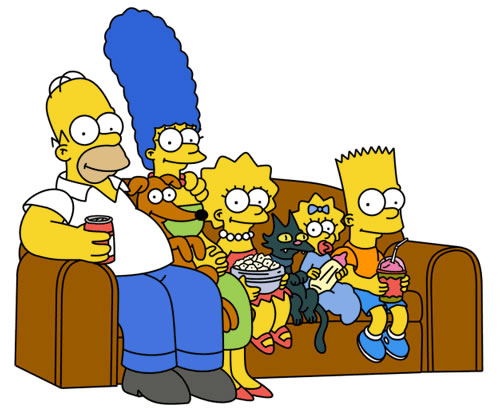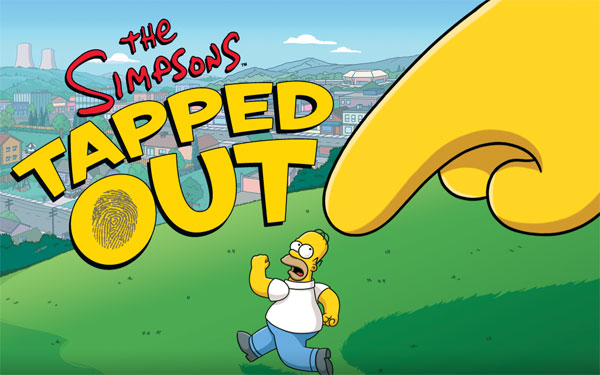An alcoholic father, a bipolar drug addict mother, and
living in an impoverished neighborhood on the south side of Chicago is not the
ideal way for six children to grow up, yet the Gallagher family manages. The Showtime series Shameless shows
struggles that most comedy-drama television shows would not dare to address,
like not knowing where the next meal is coming from, or if they are going to be
able to afford their home. The
series gives the word shameless a new meaning by peering into the personal
lives of the Gallagher family and how sexuality, race, gender and class resist
dominant television stereotypes.
The Gallaghers have no shame and live with no rules. They are crude and rude and don’t
care. Even the opening credits to
the series show each character in the bathroom, which is one of the most
private rooms in a house. Their
mother, Monica, is only in the series for seven episodes and is never a
positive role model, and Frank, their father, is always drunk and typically
passed out somewhere around the city.
The children rely on each other to support their family. All the children except for the baby,
Liam, have a job so they can save money to make it through the year. Laws are more of guidelines to this
family. Karl is ten and will
causally drink a beer. Fiona the
eldest dates a guy that steals expensive cars, and no one has a problem with
stealing food if it will benefit the family. They are nothing like the typical American family shown in
television shows.
Shameless portrays a new kind of poverty. “The Gallaghers are a level of poor
we’ve never been exposed to before on the small screen. We’re talking steal-from-UNICEF,
con-Social-Security-to-get-a-dead-aunt’s-money levels of poor. It’s not blue collar; it’s no collar”
(Ektin, '”Shameless': Poverty Gets The TV Treatment, But What Message Does It
Send?”). The series takes place on
the south side of Chicago in an already rundown neighborhood. None of the Gallagher’s have a
consistent job, but they somehow manage to make it, even if they have to beg,
lie or steal. Throughout the summer all of the children work and save money so they
have enough cash to make it through the winter months when everyone goes back
to school. They do not have a car,
health insurance, new clothes, or emergency money in case something goes
wrong. When their water heater
breaks, Lip and Ian, the two older boys, have to steal one from their dead
neighbor's house. During one of
the episodes Frank and Monica find the kids' “Squirrel fund,” which is the kids'
money they save for winter.
Instead of leaving the money alone because it is not theirs, Monica and
Frank decide to buy cocaine and spend the money as fast as possible. The Gallaghers come from an
impoverished family but find a way to stay out of foster care and still be
their own version of a family.
 |
| Mickey & Ian |
Ian Gallagher is the third eldest child. At seventeen years old he is struggling
with being a teenage boy and his hidden sexuality, until his brother Lip finds
a magazine stuffed behind the dresser in their bedroom. When Lip finds it, he does not know how
to react and decides to confront Ian, who later comes out to their older sister
Fiona. Ian works at a convenience
store and has a secret relationship with his boss who is married to a woman and
has two children. This continues until
his boss’s wife finds out and forces them to stop. During this time Ian hooks up with the neighborhood bully,
Mickey Milkovich. Mickey
continuously picks on Ian and neglects to admit his feelings for him. He is known as a tough guy and refuses
to accept anything else. Mickey
fights with himself about his feelings towards Ian. And will not show any
affection towards him. When
Mickey’s dad walks in on him and Ian, he beats both of them bloody. He makes Mickey have sex with a hooker
saying, “she’s going to fuck the faggot out of you, kid” and he forces Ian to
watch. Most television shows about
teenage boys show the awkward stages of going through puberty and starting
their first heterosexual relationships.
In shows like Modern Family and Will & Grace, the gay characters are
adults and mostly flamboyant. Shameless
is one of the only series that shows a teenager struggling with his sexuality. Ian prefers to keep his sexuality
hidden from most people, and he tries to over compensate by being more
masculine. He wants to join the
military, and the few times he gets into physical fights with Lip, he has to
prove that he is the stronger one.
Fiona is the oldest Gallagher and she is the most
responsible one. She took on the
“mother” role when her mom left.
She dropped out of school and got a job so she could help support her
family. She watches over her
siblings like they are her own children, and in the third season Fiona gains
custody of all five of her younger siblings because her parents are unfit. They “believe being poor together is
better than living comfortable yet separated lives with different foster
parents” (Rochlin, “The Family That Frays Together”). Shameless portrays the strong ties of a family that is living
the rough life without real parents and lacking consistent money. They aren’t’ the average American
family, the youngest, Liam is black even though both his parents are
white. Liam’s race is only brought
up when Monica tries to take custody of him with her new lover Roberta. The children have love and an older
sister that does all she can to watch over and care for them.
The Gallaghers are not a typical family depicted on
television. They do not have a
nice home or live in a good neighborhood.
Their parents are absent most of the time, one brother is gay, and
another is black. They defy the
stereotypical families shown on television. They are nothing like the Dunphys from Modern Family or the
Matthews family from Boy Meets World.
Sex, drugs, and alcohol are introduced into their lives at a young age,
as well as poverty and misfortune.
Shameless showcases sexuality, race, gender, and class in a way
television has never seen before.
Etkin, Jaimie. "'Shameless':
Poverty Gets The TV Treatment, But What Message Does It Send?" The
Huffington Post. TheHuffingtonPost.com, 05 Sept. 2012. Web. 27 Feb.2014.
"Photo Gallery." IMDb.
IMDb.com, n.d. Web. 28 Feb. 2014.
Rochlin, Margy. "The Family That
Frays Together." The New York Times. The New York Times, 01 Jan.
2011. Web. 27 Feb. 2014.
"Shameless US Opening
Credits." YouTube. YouTube, 10 May 2011. Web. 28 Feb. 2014.









